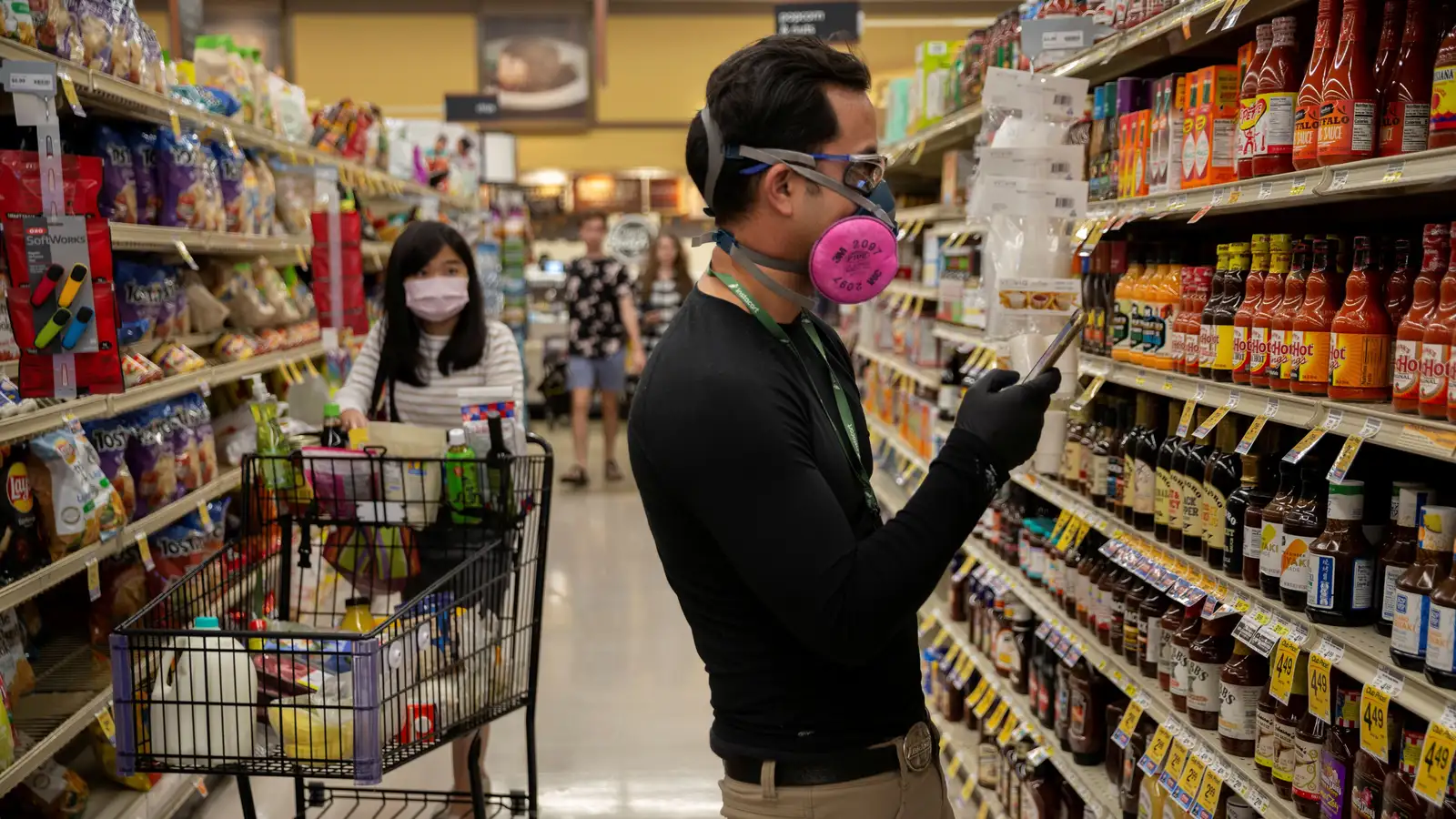How safe is it to leave the house during the pandemic? The answer is far from simple.
The more widespread Covid-19 infections are in your community, the more likely it is that you’ll encounter the virus. So one measure of risk is your local case rate: What proportion of your neighbors are actively infected with the virus, and capable of spreading it to you?
Covid-19 prevalence rates in every US county
Daily case rates—new infections confirmed in an area as a share of its population—are reported by municipalities large and small. Checking in regularly can help you get a sense of your own community’s transmission level, and the precautions you should take to protect yourself and others. In the US, those rates are easy to find on a county-by-county level:
What are safe Covid-19 prevalence levels?
There’s no such thing as a ‘safe’ Covid-19 case rate. But jurisdictions have attempted to give some sense of comparison by creating a graded scale of risk. Here’s an example of how one community on the coast of Georgia decided to rank risk levels early in the pandemic:
- Red: more than 25 daily new cases per 100,000 residents
- Orange: 11-25 daily new cases per 100,000 residents
- Yellow: 1-10 daily new cases per 100,000 residents
- Green: <1 daily new case per 100,000 residents
But what used to be considered a dangerously high daily case rate in the US—more than 25 daily new cases per 100,000 residents—was at the low end of rates seen in the country during January 2021.
Adjusting the scale to understand Covid-19’s prevalence
That doesn’t mean that a case rate of 25 for 100,000 residents is any safer than it used to be—it just means it’s become far more common for US citizens to be exposed to Covid-19 in their communities.
The New York Times has been reporting hot spots in the US on its interactive map using case rates, too, presenting daily cases per 100,000 residents on a color-graded scale from yellow to red. But on Nov. 18, it was forced to expand its scale to cover more of the rainbow. It now runs from yellow to deep purple to reflect record rates of infection across the country.
Problems with Covid-19 prevalence data
These numbers aren’t perfect, for a number of reasons. As many as 40% of people with Covid-19 are asymptomatic—they’ll never show any signs of being sick, and because of that they may never get tested while infected. The figures’ accuracy also depends on who is able to get tested: Some communities test a lot of healthy people to screen out infections, while others encountering testing shortages can leave even symptomatic people without an official diagnosis.
But by comparing your local daily case rates over time, you can get a sense of how policies and behaviors are affecting Covid-19 spread in your area. Then you can exercise the best tool you have against the virus: your decision to stay home.
